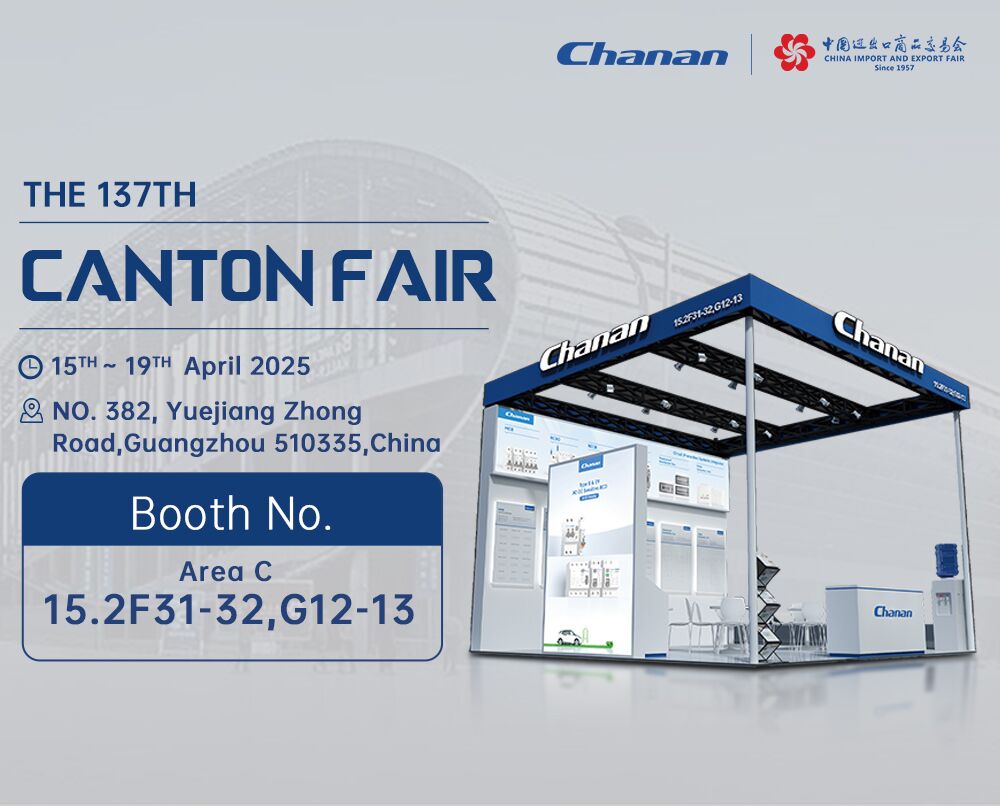


Note:
1) No code for power distribution protection: circuit breaker for motor protection is indicated by 2
2) No code for three-pole products.
3) No code for handle directly operated; the motor operation is indicated by p; the rotation of the handle operation is indicated by Z.
4) See main technical parameters.
1. Altitude: The altitude of the installation site is 2000m and below.
2. Ambient air temperature: the ambient air temperature is not higher than + 40°C (+45°C for marine products) and not lower than -5°C, and the average temperature within 24 hours does not exceed +35°C.
3. Atmospheric conditions: when the maximum temperature is + 40°C, the relative humidity of the air does not exceed 50%, and effective high humidity can be allowed at lower temperatures; for example, RH could be 90% at 20P. Special measures should be taken for condensation that occasionally occurs on the product due to temperature changes.
4. It can work withstand the influence of humid air, the influence of salt mist and oil mist, the carving of toxin bacteria and the influence of nuclear radiation.
5. It can work reliably under normal vibration of the ship.
6. It can work reliably under the condition of a slight earthquake (level 4).
7. It can work in the medium without explosion hazard, and the medium does not have enough gas and conductive dust to corrode the metal and destroy the insulation.
8. It can work in a place free from rain and snow.
9. It can work if the maximum inclination is ±22.5°.
10. The pollution degree is 3.
11. Installation category: The installation category of the main circuit breaker is II, and the installation category of auxiliary circuits and control circuits not connected to the main circuit is II.
1. According to product pole number: classify into 2 poles, 3 poles and 4 poles. The forms of neutral poles (N poles) in 4-pole products are as follows:
◇ N pole is not installed with overcurrent trip element, and the N pole is always connected,and it will not open and close with other three poles.
◇ N pole is not installed with overcurrent trip element, and N pole is open and close with other three poles (N pole is open first and then close.)
◇ N-pole installed over-current tripping components are open and close with other three poles.
◇ N-pole installed overcurrent release components will not open and close together with other three poles.
2. Classify according to the rated short-circuit breaking capacity of the circuit breaker:
L: Standard type; M. Higher breaking type; H. High breaking type;
R: Ultra high breaking type
3. Classify according to operation mode: handle direct operation, rotary handle operation, electric operation;
4. Classify according to the wiring method: front wiring, rear wiring, plug-in wiring;
5. Classify according to the installation method: fixed (vertical installation or horizontal installation)
6. Classify by use: power distribution and motor protection;
7. Classify according to the form of overcurrent release: electromagnetic type, thermal electromagnetic type;
8. Classify according to whether there are accessories: with accessories, without accessories;
The accessories are divided into internal accessories and external accessories; internal accessories have four types: shunt release under-voltage release, auxiliary contacts and alarm contacts; external accessories have rotating handle operating mechanism, electric operating mechanism, interlock mechanism and wiring terminal block, etc. The codes of internal accessories are shown in the table below.
|
Accessory name |
Instantaneous release |
Complex trip |
|
None |
200 |
300 |
|
Alarm contact |
208 |
308 |
|
Shunt release |
218 |
310 |
|
Energy meter prepayment function |
310S |
310S |
|
Auxiliary contact |
220 |
320 |
|
Under-voltage release |
230 |
330 |
|
Auxiliary contact and shunt release |
240 |
340 |
|
Under-voltage release Shunt release |
250 |
350 |
|
Two sets of auxiliary contacts |
260 |
360 |
|
Auxiliary contact and under-voltage release |
270 |
370 |
|
Alarm contact and shunt release |
218 |
318 |
|
Auxiliary contact and alarm contact |
228 |
328 |
|
Alarm contact and under-voltage release |
238 |
338 |
|
Alarm contact Auxiliary contact and shunt release |
248 |
348 |
|
Two sets of auxiliary contact and alarm contacts |
268 |
368 |
|
Alarm contact Auxiliary contact and under-voltage release |
278 |
378 |




◇ Front Wiring



Send us a message if you have any questions or request a quote.Our experts will give you a reply within 24 hours
and help youselect the right valve you want.